Home>Gardening & Outdoor>Landscaping Ideas>How To Dry Grass Clippings For Mulch
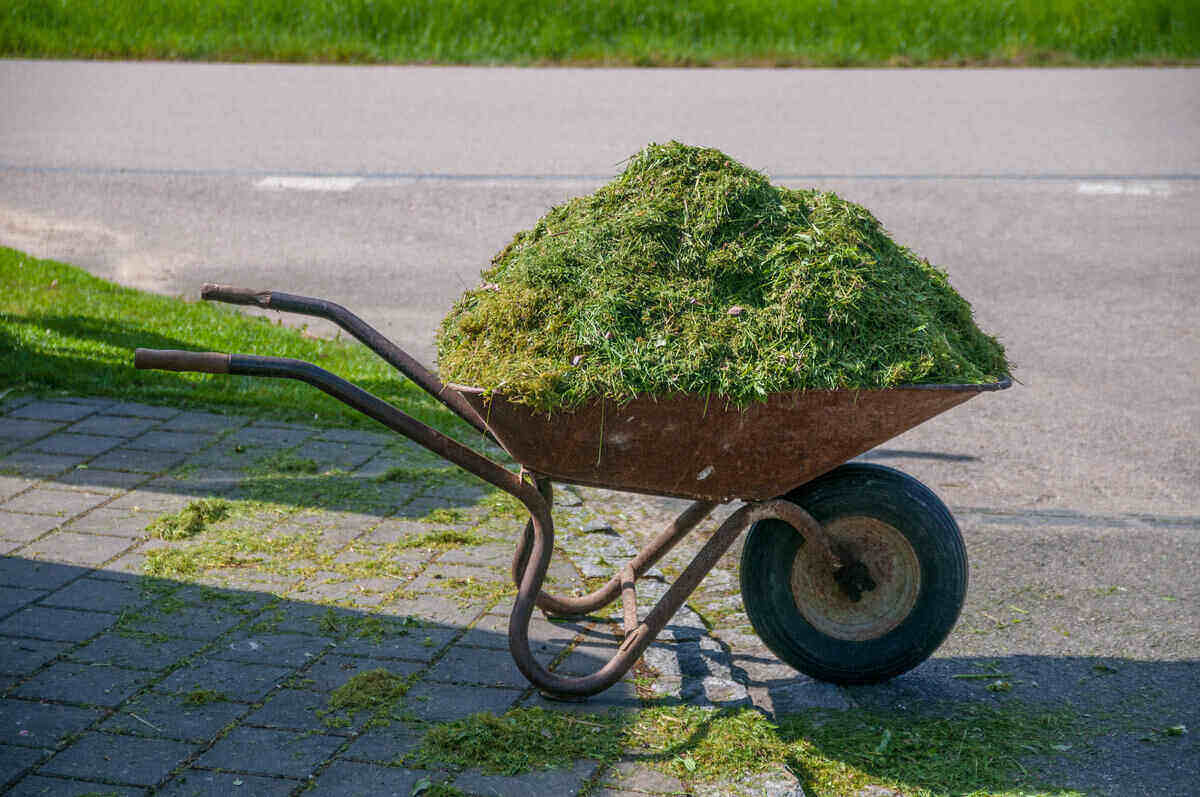

Landscaping Ideas
How To Dry Grass Clippings For Mulch
Modified: August 17, 2024
Learn the best landscaping ideas for drying grass clippings to use as mulch. Discover effective techniques for creating nutrient-rich mulch for your garden.
(Many of the links in this article redirect to a specific reviewed product. Your purchase of these products through affiliate links helps to generate commission for Storables.com, at no extra cost. Learn more)
Introduction
When it comes to maintaining a lush and healthy garden, the use of grass clippings as mulch can be a game-changer. Not only does it offer a sustainable solution for managing yard waste, but it also provides a plethora of benefits for your garden. In this comprehensive guide, we will delve into the art of drying grass clippings for mulch, exploring the various methods, benefits, and applications of this eco-friendly practice.
Using grass clippings as mulch is a cost-effective and environmentally friendly way to nourish your garden and reduce the need for chemical fertilizers. By harnessing the power of nature, you can transform what might otherwise be considered waste into a valuable resource for promoting soil health and plant growth. Whether you are a seasoned gardener or just starting out, learning how to dry and utilize grass clippings as mulch can elevate your gardening game to new heights.
In the sections that follow, we will uncover the numerous advantages of using grass clippings as mulch, explore the best practices for drying and storing them, and learn how to apply this nutrient-rich mulch to your garden beds. By the end of this guide, you will be equipped with the knowledge and skills to harness the potential of grass clippings as a sustainable and effective mulching solution. So, let's roll up our sleeves and embark on this enlightening journey into the world of drying grass clippings for mulch.
Key Takeaways:
- Transform yard waste into valuable mulch by drying grass clippings. It enriches soil, retains moisture, suppresses weeds, and promotes a sustainable, eco-friendly garden.
- Select, dry, store, and apply grass clippings as nutrient-rich mulch for a thriving garden. Embrace sustainable practices and nurture a vibrant ecosystem.
Benefits of Using Grass Clippings as Mulch
Using grass clippings as mulch offers a myriad of benefits for both your garden and the environment. Let’s explore some of the key advantages of incorporating this natural mulch into your gardening routine:
- Nutrient-Rich Soil Amendment: Grass clippings are an excellent source of nitrogen, potassium, and other essential nutrients. When used as mulch, they gradually decompose, releasing these nutrients into the soil and enriching it for healthier plant growth.
- Moisture Retention: A layer of grass clippings acts as a natural barrier, helping the soil retain moisture by reducing evaporation. This is particularly beneficial during hot and dry periods, as it helps maintain optimal soil moisture levels for your plants.
- Weed Suppression: Mulching with grass clippings can help smother and suppress weed growth, creating a natural weed barrier that minimizes the need for chemical weed control methods.
- Soil Temperature Regulation: Grass clippings provide insulation for the soil, helping to moderate temperature fluctuations. This can protect plant roots from extreme heat or cold, promoting a more stable and favorable growing environment.
- Organic Matter Recycling: By using grass clippings as mulch, you are effectively recycling organic matter and reducing waste. This sustainable practice contributes to a healthier ecosystem and reduces the burden on landfills.
- Cost-Effective Solution: Utilizing grass clippings as mulch is a budget-friendly alternative to purchasing commercial mulches. It allows you to make the most of resources readily available in your own yard, saving money while promoting sustainability.
Embracing grass clippings as mulch not only nurtures your garden but also aligns with eco-friendly principles, making it a win-win for both your plants and the planet. As we continue our journey, we will delve into the best practices for selecting and drying grass clippings to maximize their benefits as a nutrient-rich mulch.
Choosing the Right Grass Clippings
Not all grass clippings are created equal when it comes to using them as mulch. Selecting the right type of grass and ensuring that the clippings are free from contaminants is crucial for optimal mulching results. Here are some key considerations for choosing the right grass clippings:
- Grass Type: Ideally, use clippings from healthy, untreated lawns. Avoid clippings from grass that has been recently treated with herbicides or pesticides, as these chemicals can persist in the clippings and harm your garden plants.
- Clipping Length: For effective mulching, aim to collect grass clippings that are relatively short, typically around half an inch to an inch in length. Shorter clippings decompose more quickly and evenly, integrating into the soil without matting or forming a thatch layer.
- Contaminant-Free: Ensure that the grass clippings are free from debris, such as rocks, sticks, or other foreign matter that may have been inadvertently mowed along with the grass. Contaminants can hinder the mulching process and may introduce unwanted materials into your garden beds.
- Healthy and Disease-Free: Avoid using clippings from diseased or moldy grass, as this can introduce pathogens and issues into your garden. Opt for clippings from healthy, disease-free lawns to promote the well-being of your plants.
By being mindful of these considerations, you can ensure that the grass clippings you collect are primed for optimal mulching performance. As we delve into the methods for drying grass clippings, keep these guidelines in mind to set the stage for successful mulch preparation.
Methods for Drying Grass Clippings
Properly drying grass clippings is essential to prevent them from becoming a soggy, smelly mess and to ensure that they are ready for use as mulch. Here are several effective methods for drying grass clippings:
- Sun Drying: Spread the freshly collected grass clippings in a thin layer on a flat, sunny surface. Turn the clippings regularly to promote even drying. This method harnesses the sun’s natural warmth and airflow to dry the clippings efficiently.
- Aerated Piles: Create aerated piles of grass clippings by layering them with dry materials such as leaves, straw, or shredded paper. Turning the piles regularly helps aerate the clippings and accelerate the drying process. This method also facilitates the decomposition of the clippings, enhancing their nutrient content.
- Dehydrator or Oven Drying: If you prefer a more controlled environment, you can use a dehydrator or oven to dry the grass clippings. Spread the clippings on trays or baking sheets and set the dehydrator or oven to a low temperature. Keep a close eye on the clippings to prevent them from overheating or scorching.
- Air Drying in Bags: Place the grass clippings in breathable bags or mesh containers to allow air circulation while preventing them from blowing away. Position the bags in a well-ventilated area, such as a shed or open garage, and periodically shake or stir the clippings to promote even drying.
Regardless of the method you choose, it’s important to ensure that the grass clippings are completely dry before storing or applying them as mulch. Dried grass clippings should have a crisp, hay-like texture and a pleasant, earthy aroma, indicating that they are ready to enrich your garden beds.
As we move forward, we will explore the best practices for storing and applying dried grass clippings to maximize their benefits in your garden.
Spread the grass clippings in a thin layer on a sunny, dry area. Turn them regularly to ensure even drying. Once completely dry, they can be used as mulch in your garden.
Storing Dried Grass Clippings
Once you have successfully dried your grass clippings, proper storage is essential to preserve their quality and nutrient content. Here are some effective strategies for storing dried grass clippings:
- Airtight Containers: Transfer the thoroughly dried grass clippings into airtight containers, such as plastic bins or resealable bags. Squeeze out excess air before sealing the containers to minimize the risk of mold and maintain the clippings’ freshness.
- Cool, Dry Location: Store the containers of dried grass clippings in a cool, dry area, such as a shed or garage. Avoid exposing them to direct sunlight or moisture, as these conditions can compromise the quality of the mulch.
- Layering with Brown Material: To enhance the mulch’s nutrient profile, consider layering the dried grass clippings with brown organic materials, such as shredded leaves or straw, during storage. This can further enrich the mulch and promote beneficial microbial activity.
- Regular Inspection: Periodically inspect the stored grass clippings for any signs of moisture or mold. If necessary, spread the clippings out in a thin layer to allow them to air out before returning them to storage.
By following these storage practices, you can maintain the quality and efficacy of your dried grass clippings, ensuring that they remain a valuable resource for your garden’s health and vitality.
As we journey into the application of dried grass clippings as mulch, keep in mind that proper storage sets the stage for reaping the full benefits of this natural and nutrient-rich garden amendment.
Read more: What Is Grass Mulching
Applying Dried Grass Clippings as Mulch
Now that you have successfully prepared and stored your dried grass clippings, it’s time to apply this nutrient-rich mulch to your garden beds. Follow these best practices for applying dried grass clippings as mulch:
- Prepare the Soil: Before applying the mulch, ensure that the soil is adequately moist. Water the garden beds if necessary to provide a conducive environment for the mulch to integrate with the soil.
- Even Distribution: Spread a layer of dried grass clippings evenly over the soil surface, aiming for a thickness of about 1 to 2 inches. Avoid piling the mulch against plant stems or trunks to prevent moisture retention and potential rotting.
- Leave Breathing Room: Maintain a small gap between the mulch and the base of plants to allow air circulation. This helps prevent moisture-related issues and promotes a healthy growing environment for your plants.
- Monitor Moisture Levels: Periodically check the moisture level of the mulched soil. While grass clippings assist in moisture retention, it’s important to ensure that the soil does not become waterlogged. Adjust watering as needed based on the mulch’s moisture retention capabilities.
- Replenish as Needed: Over time, the mulch will decompose and integrate into the soil. Replenish the mulch layer as necessary to maintain the desired thickness and maximize its benefits for the garden.
By following these guidelines, you can harness the full potential of dried grass clippings as a natural mulch, promoting soil health, moisture retention, and nutrient enrichment for your plants.
As we conclude our exploration of using grass clippings as mulch, remember that the sustainable practice of repurposing yard waste into a valuable garden resource not only benefits your plants but also contributes to a greener and more eco-friendly gardening approach.
Conclusion
In the realm of gardening, the practice of drying grass clippings for use as mulch is a testament to the harmonious relationship between nature and cultivation. By repurposing a common yard byproduct into a valuable resource, gardeners can foster healthier, more vibrant landscapes while embracing sustainable principles.
Throughout this guide, we’ve uncovered the numerous benefits of using grass clippings as mulch, from enriching the soil with essential nutrients to promoting moisture retention and weed suppression. By choosing the right grass clippings, employing effective drying methods, and implementing proper storage and application techniques, gardeners can unlock the full potential of this natural mulching solution.
As you embark on your journey of drying grass clippings for mulch, remember that this practice not only nurtures your garden but also contributes to a more sustainable and eco-conscious approach to gardening. By reducing waste, recycling organic matter, and minimizing the reliance on chemical fertilizers, you are playing a vital role in cultivating a greener and more vibrant ecosystem.
So, as you bask in the beauty of your thriving garden beds adorned with nutrient-rich mulch, take pride in knowing that you have harnessed the power of nature to create a flourishing oasis. Embrace the art of drying grass clippings for mulch, and let your garden thrive in harmony with the earth.
Remember, the journey of a gardener is one of continuous learning and growth, and the sustainable practices you embrace today will pave the way for a more vibrant and resilient garden tomorrow.
Frequently Asked Questions about How To Dry Grass Clippings For Mulch
Was this page helpful?
At Storables.com, we guarantee accurate and reliable information. Our content, validated by Expert Board Contributors, is crafted following stringent Editorial Policies. We're committed to providing you with well-researched, expert-backed insights for all your informational needs.
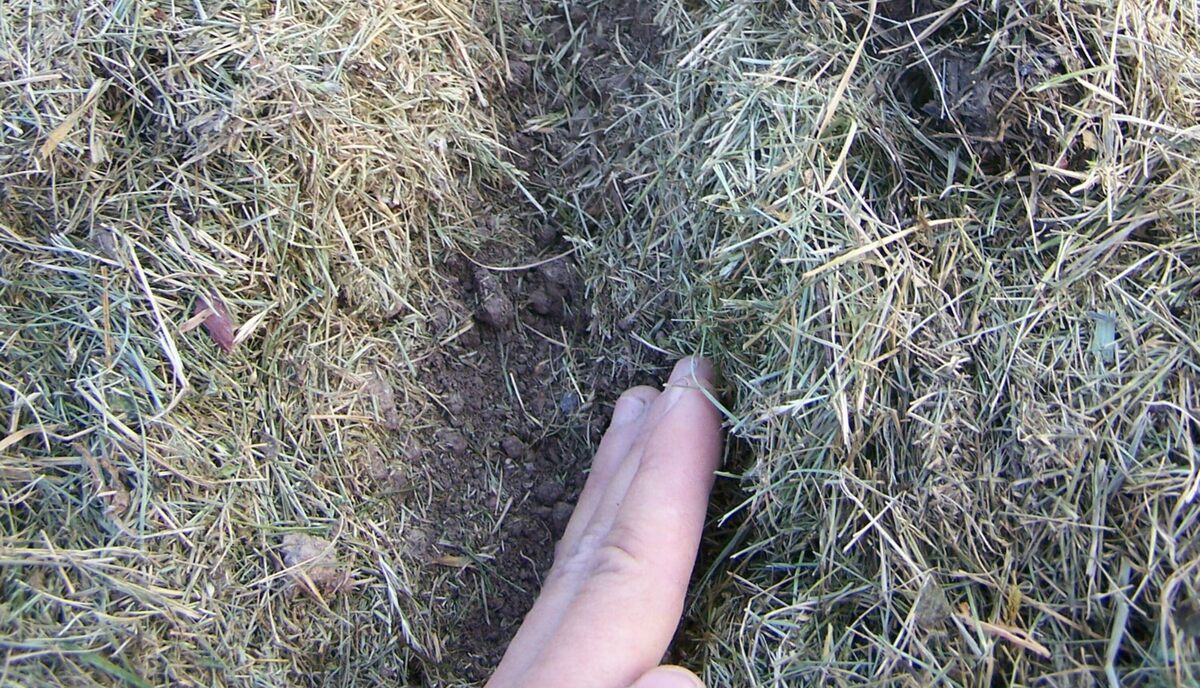
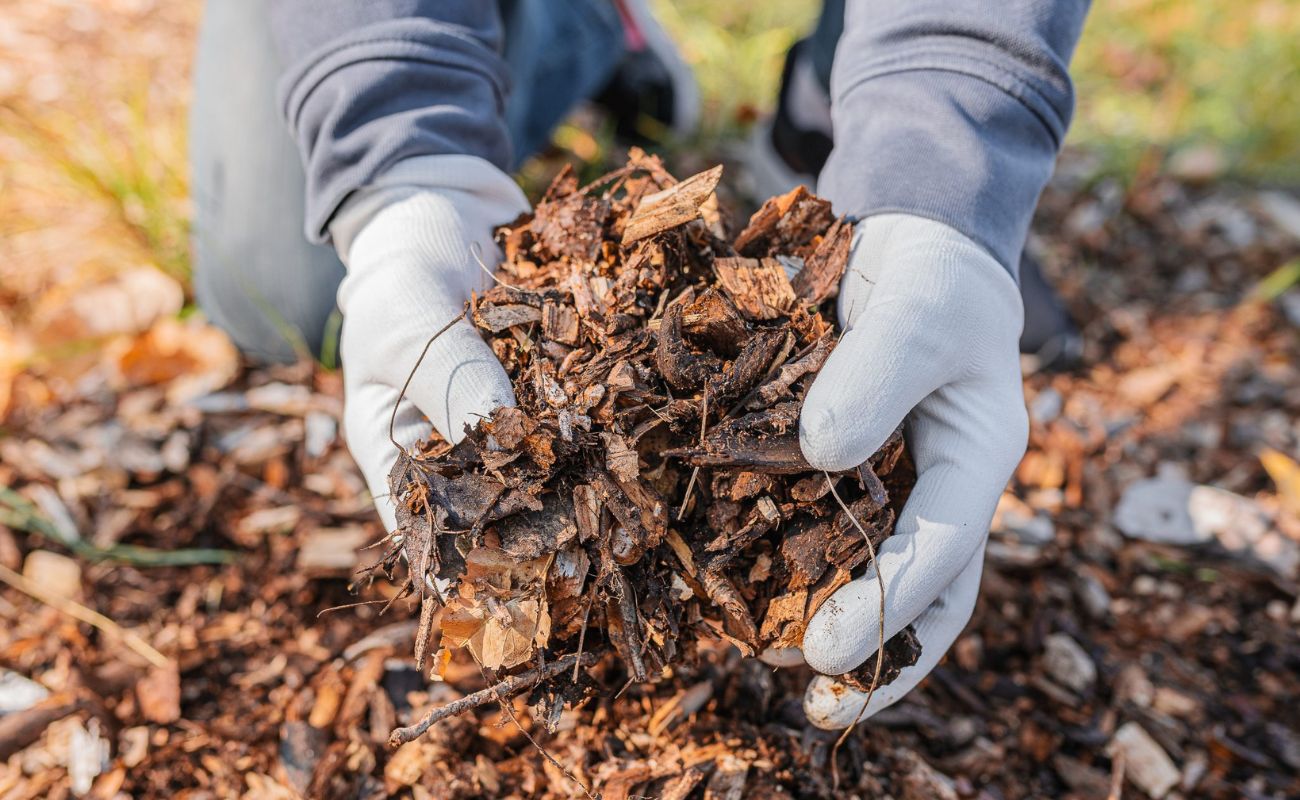
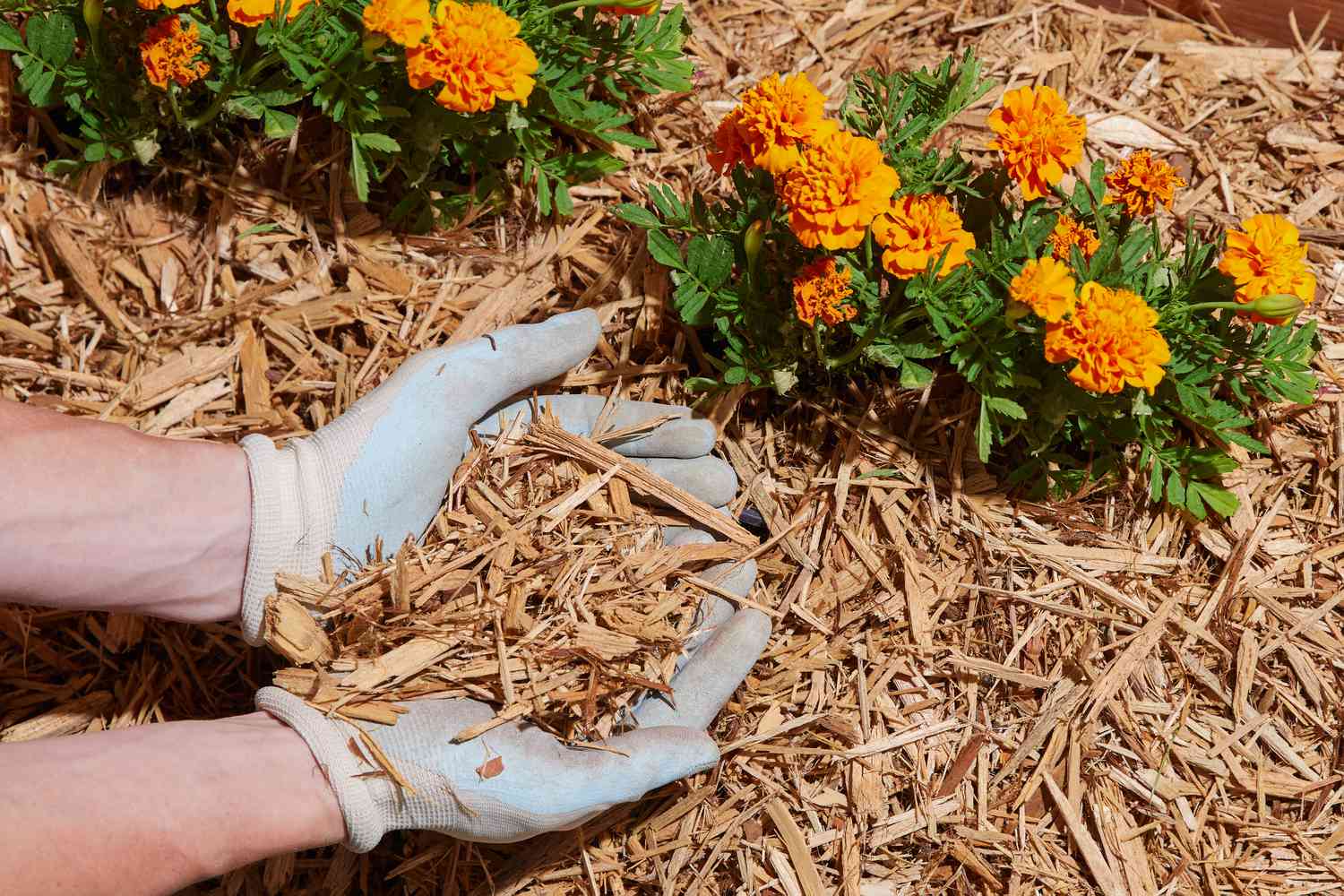
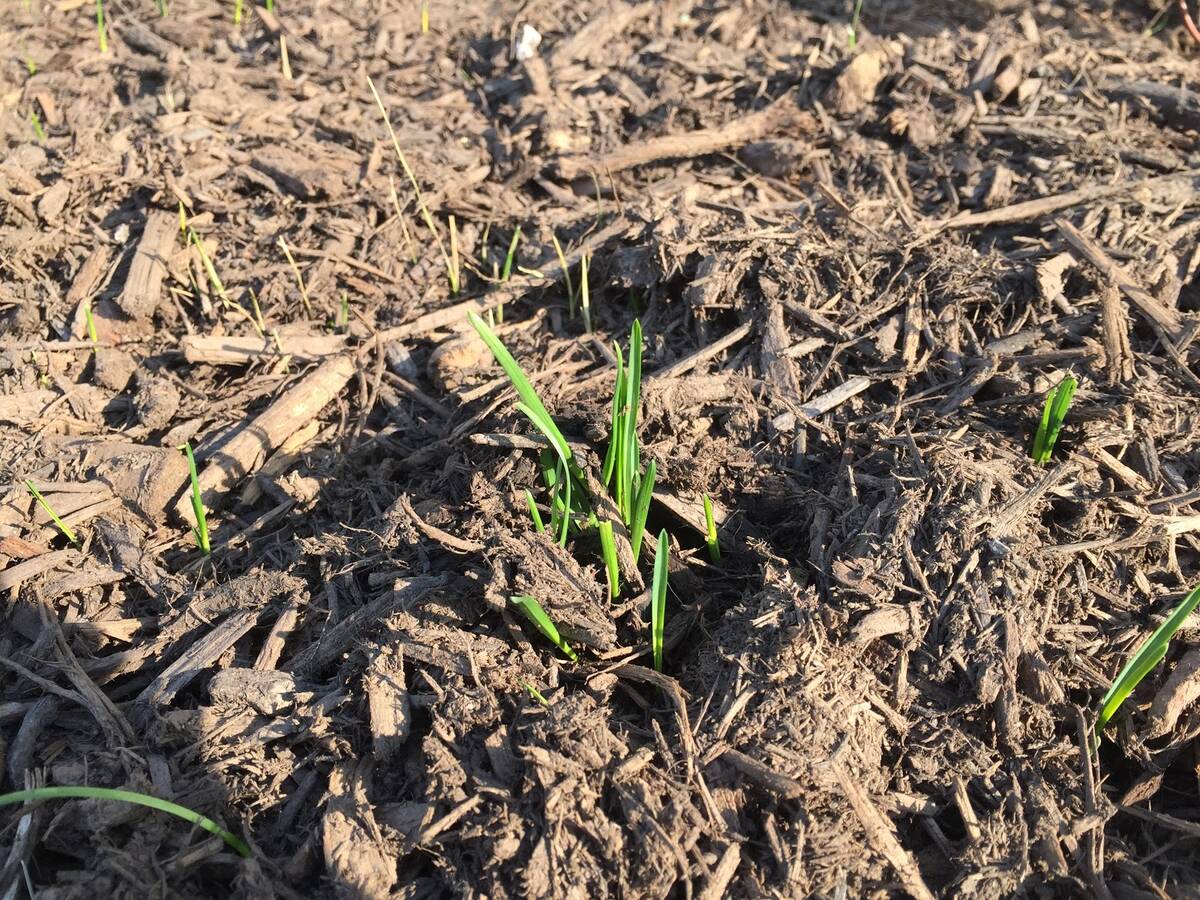
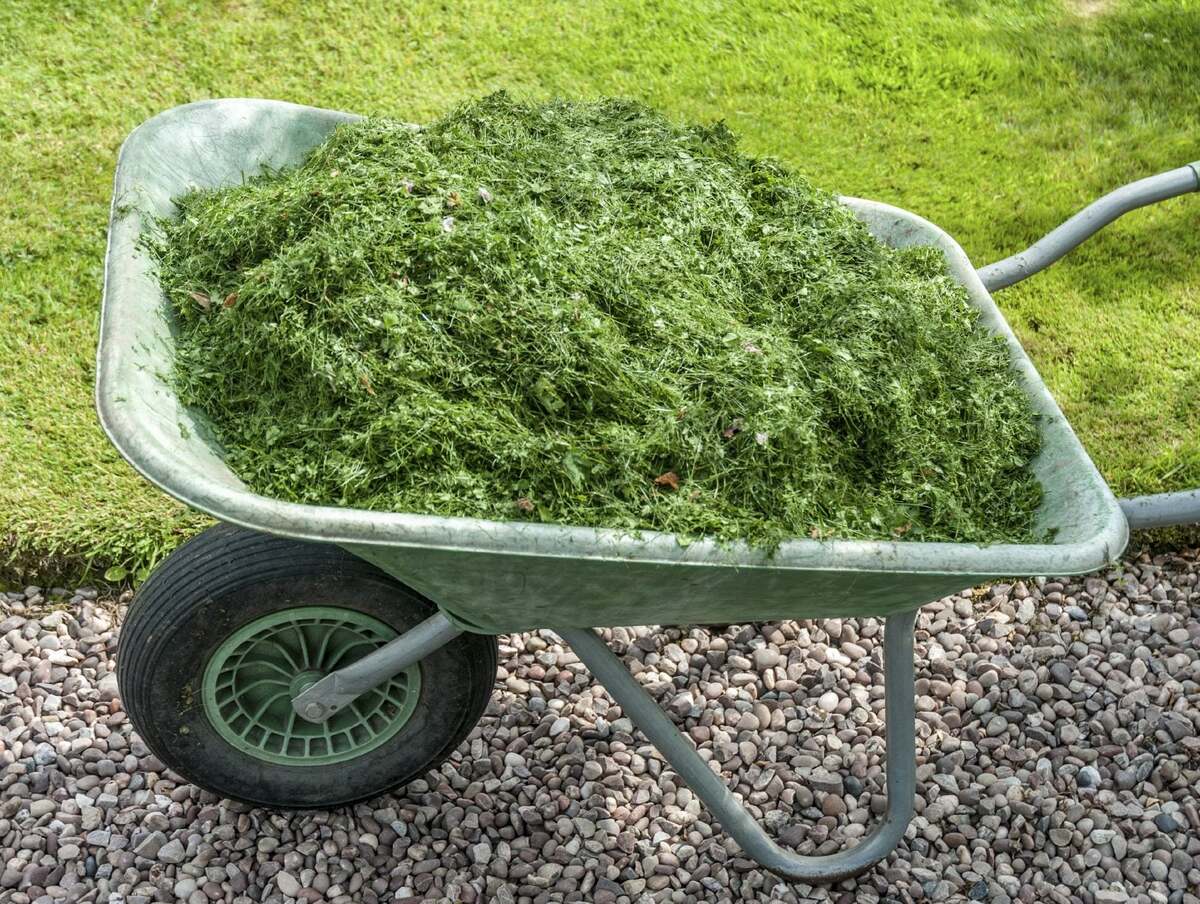
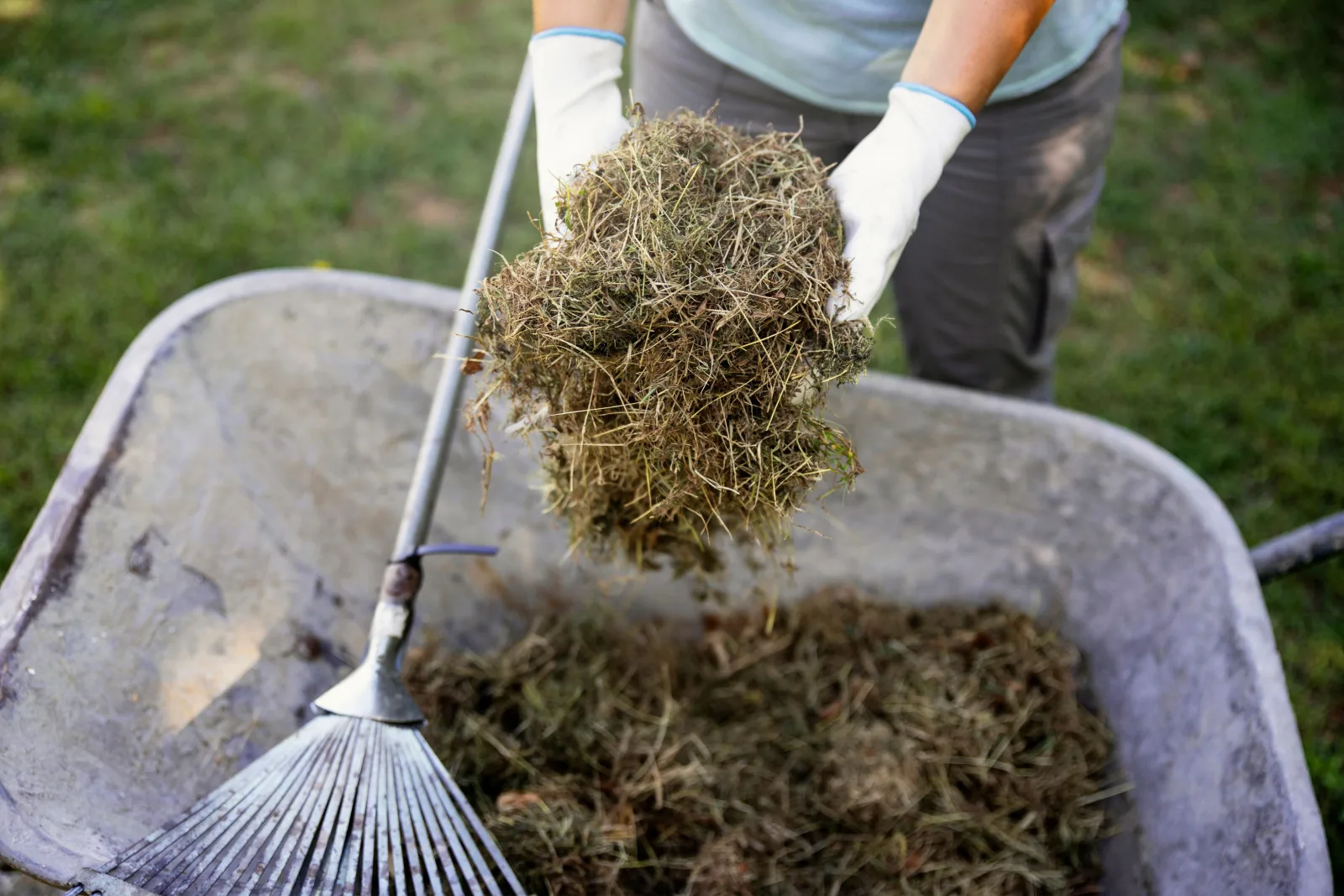
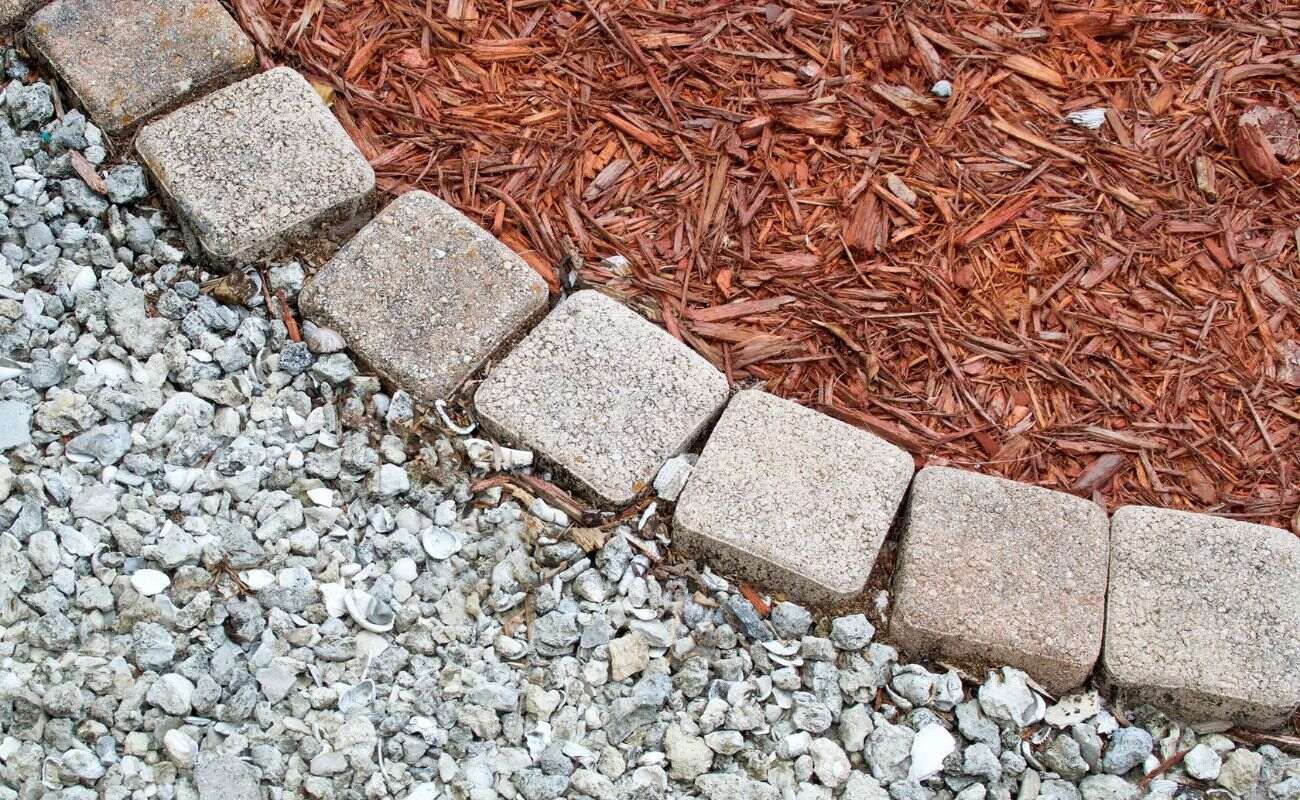
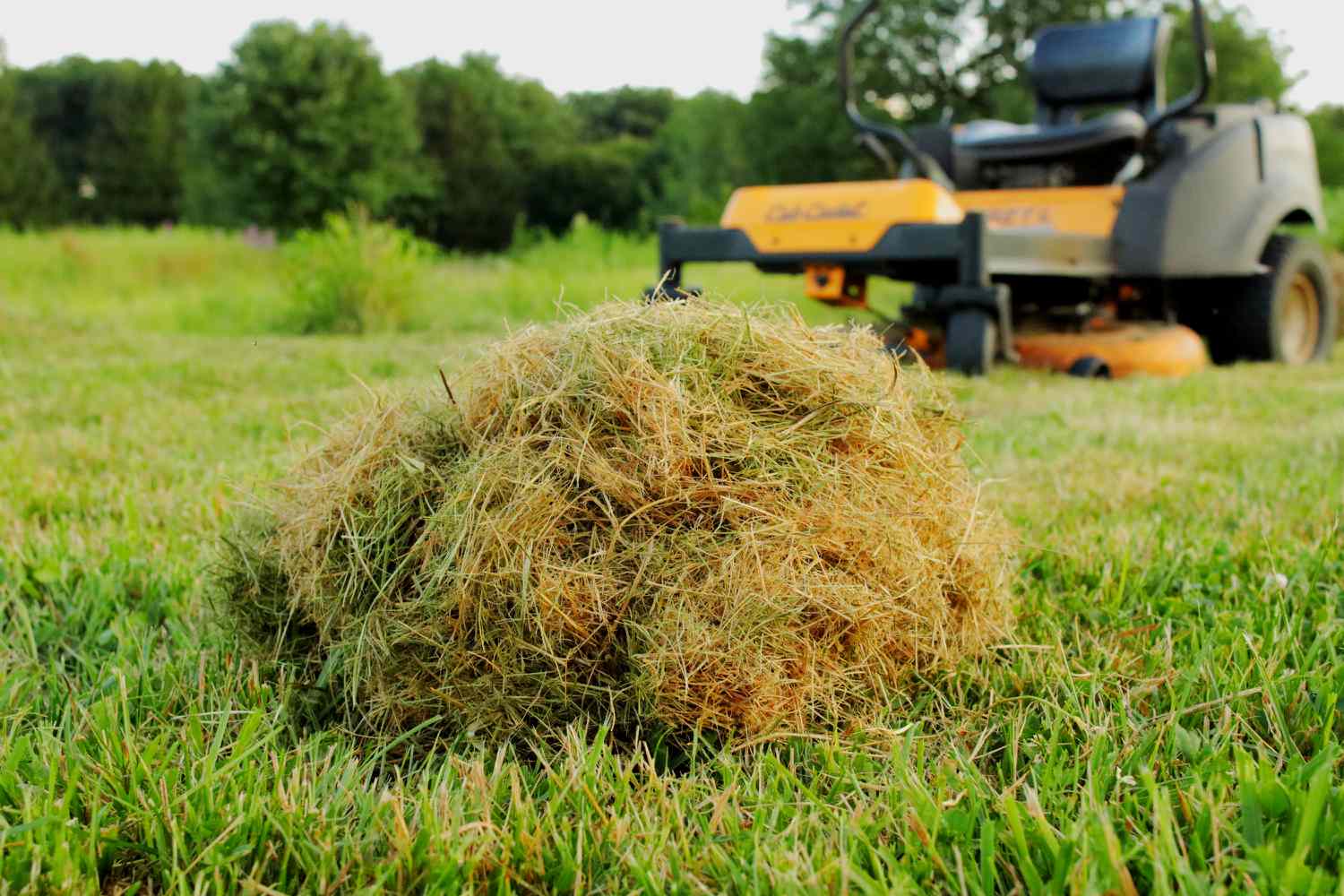
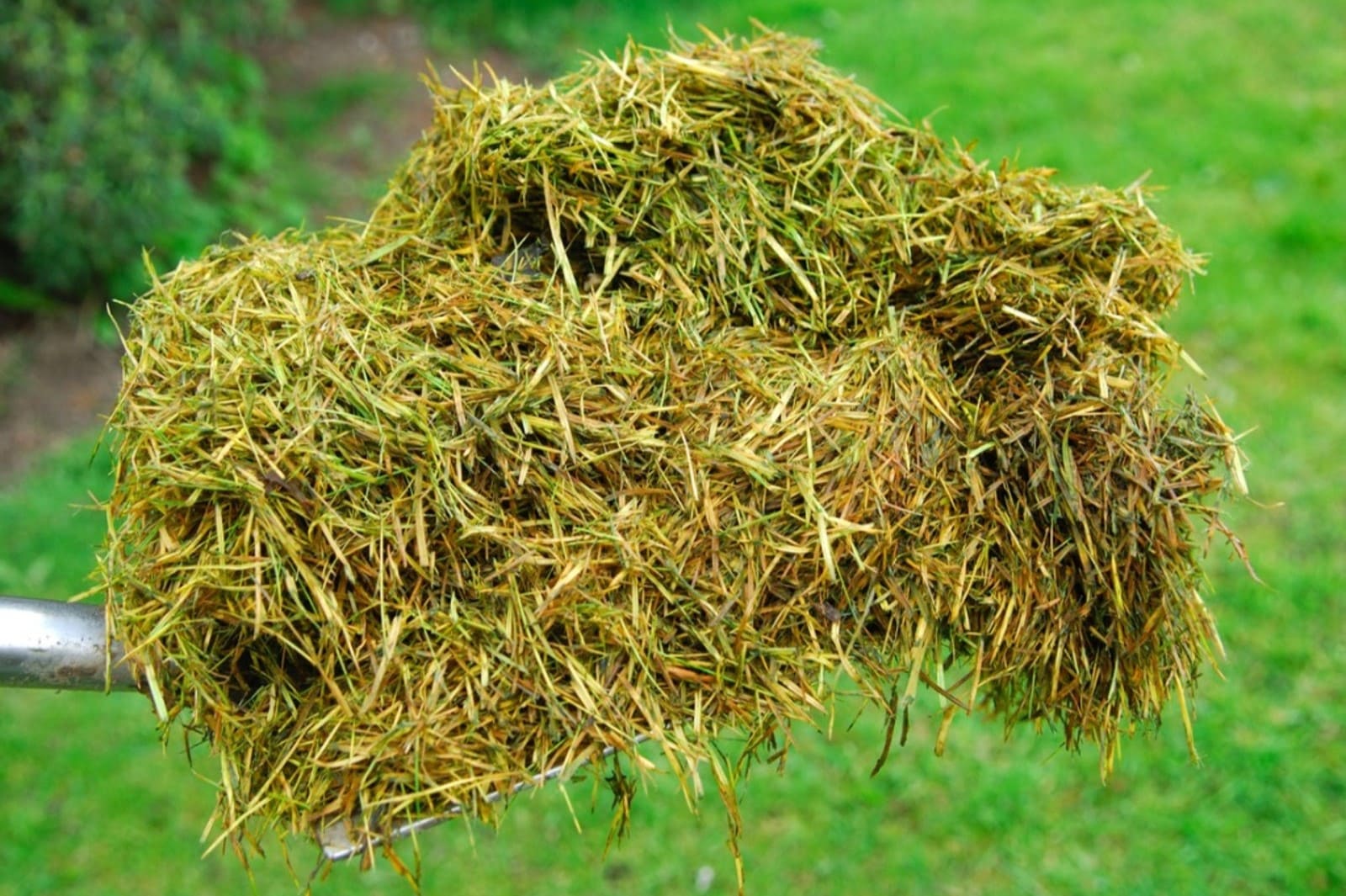
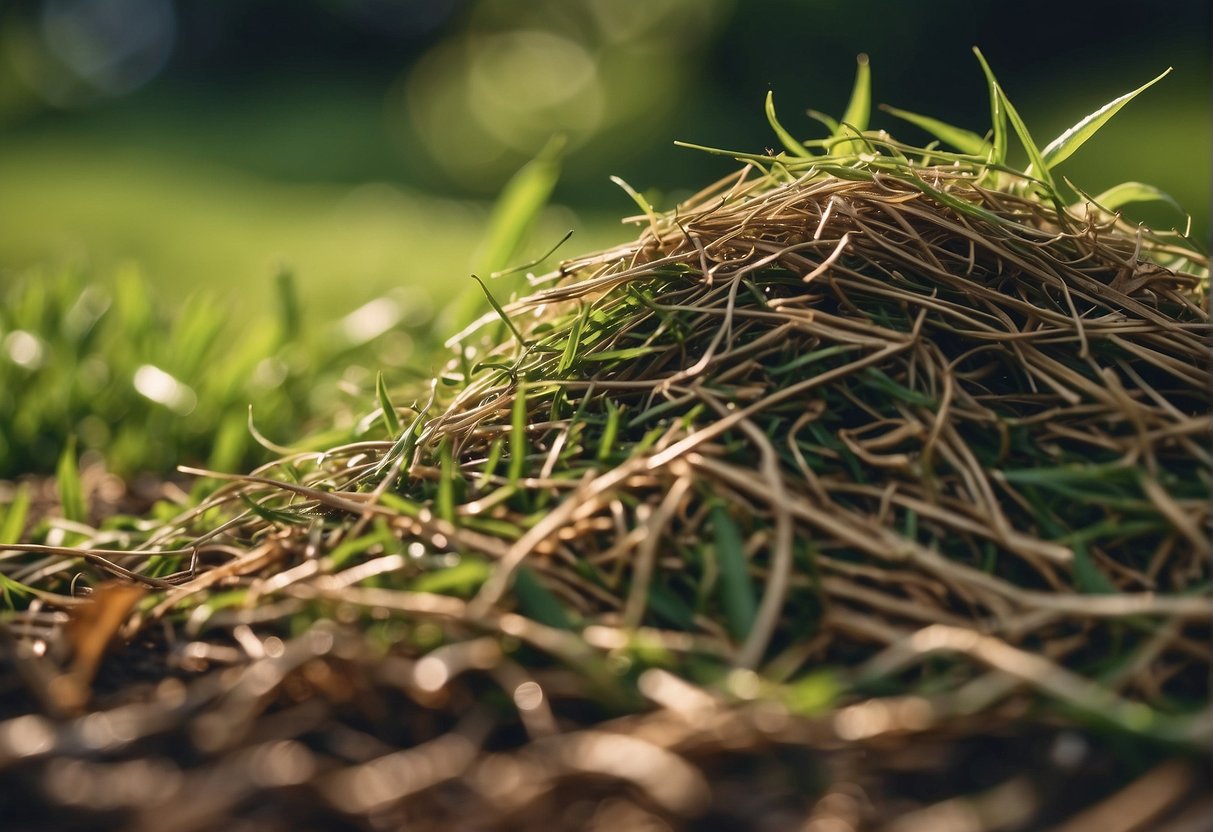
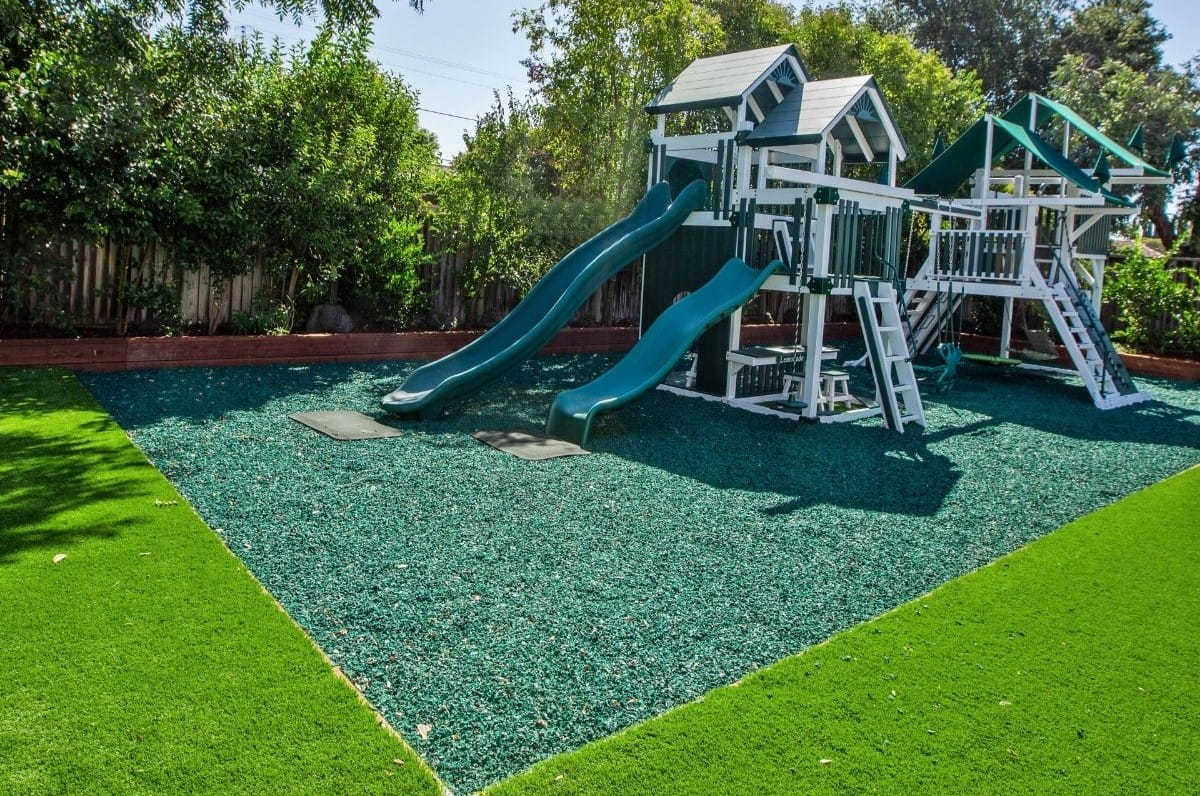
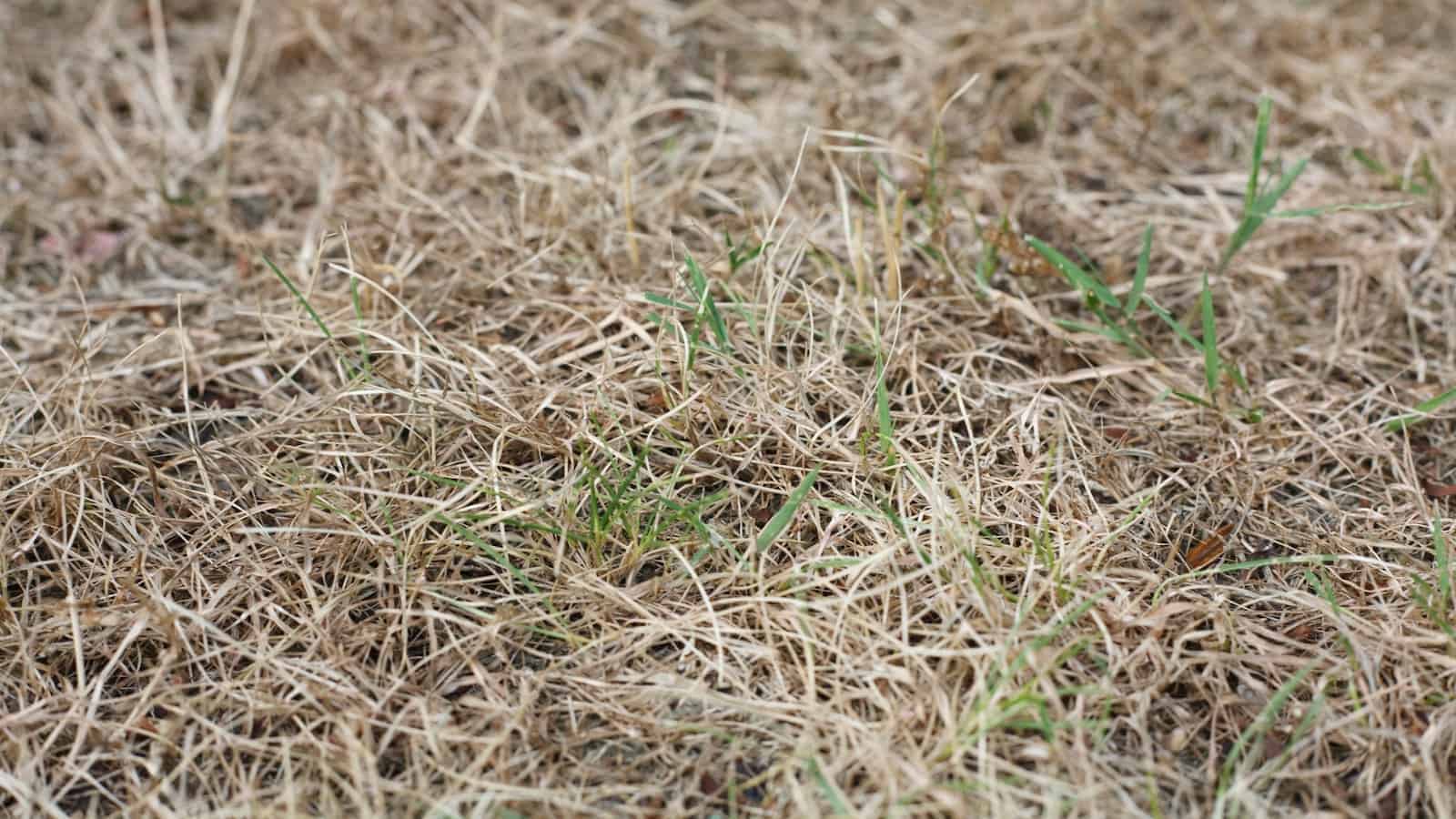
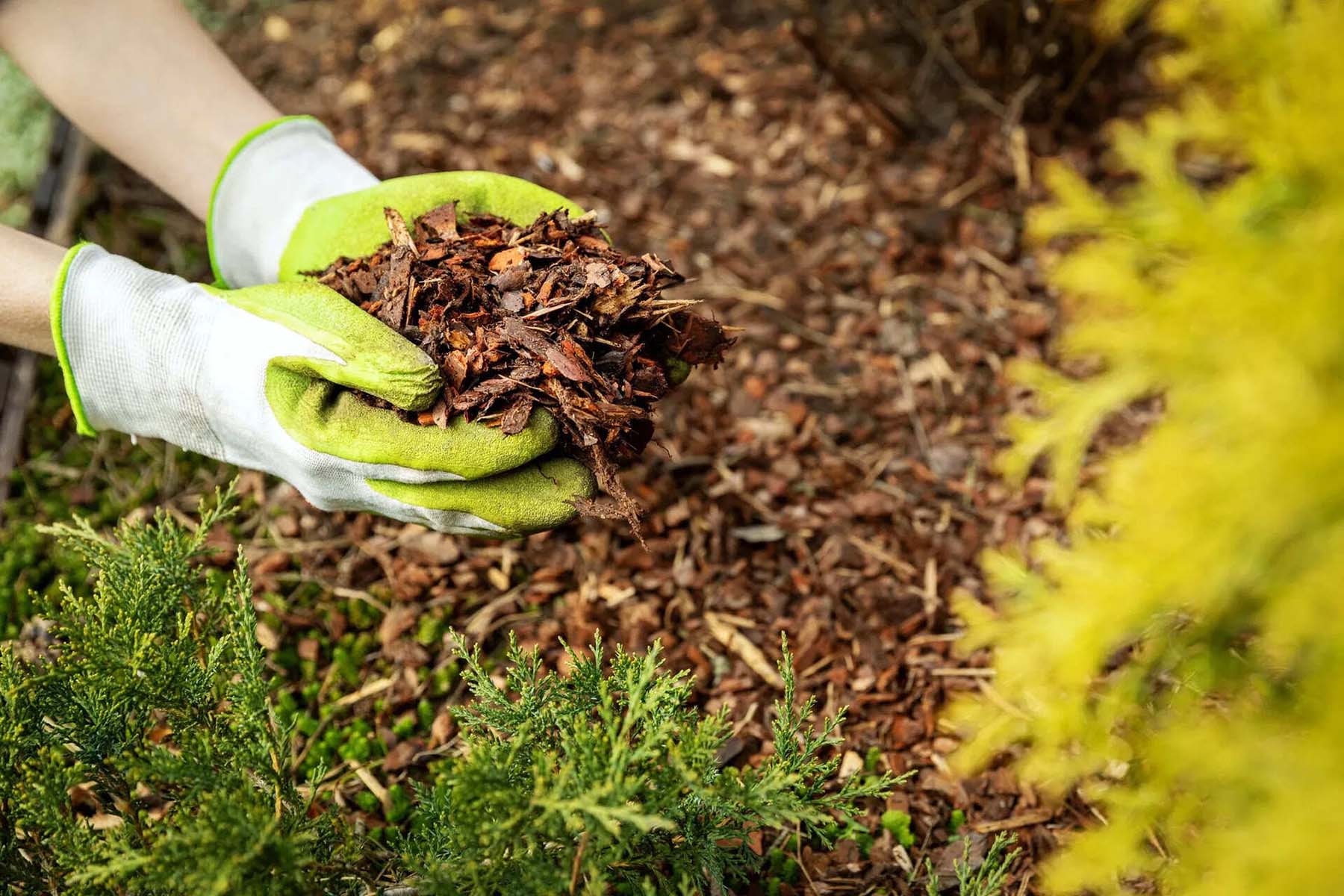
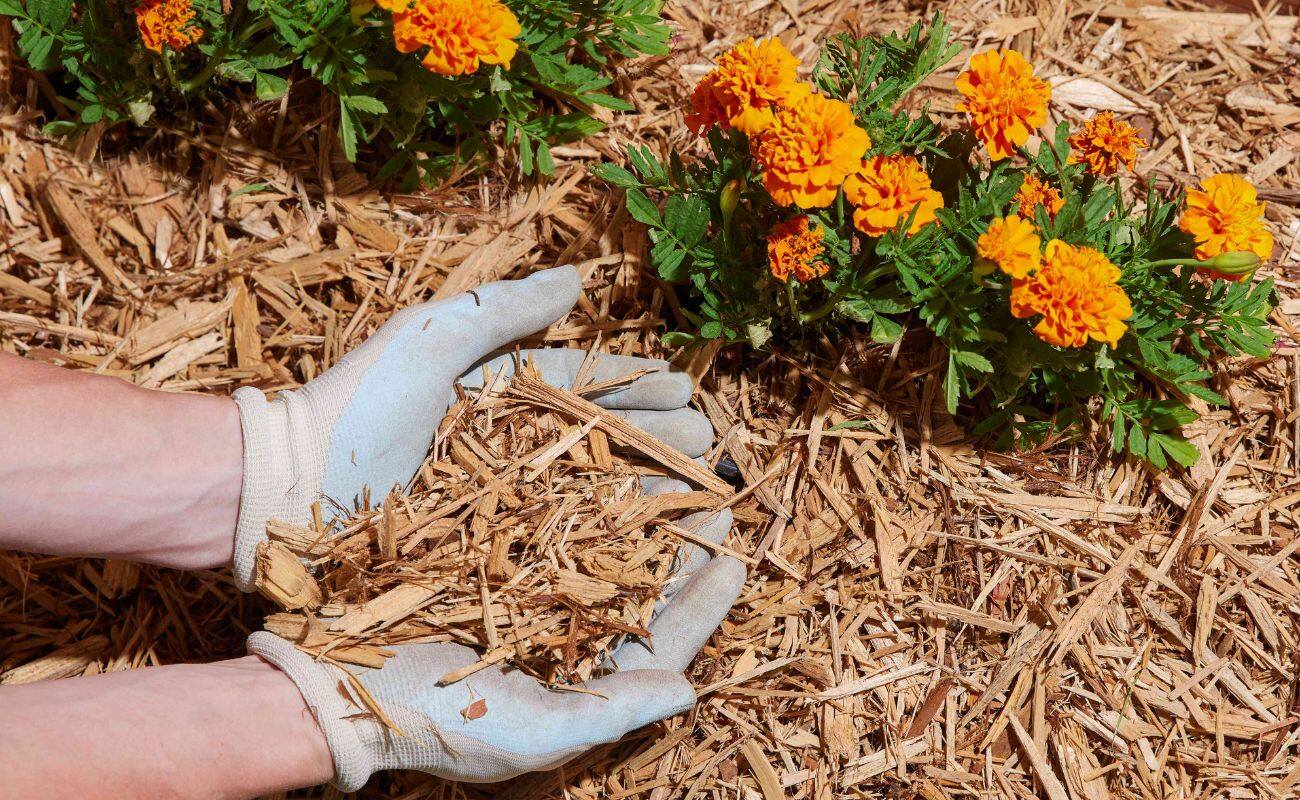

0 thoughts on “How To Dry Grass Clippings For Mulch”